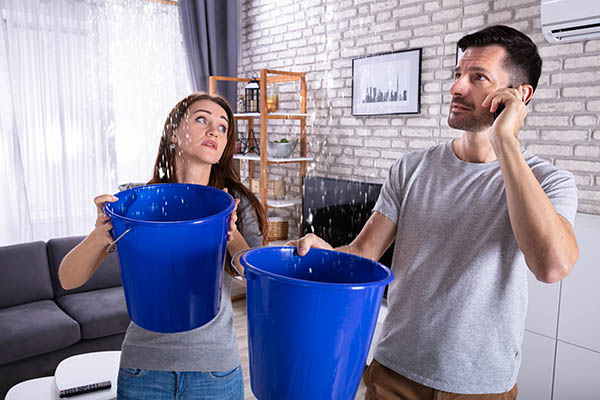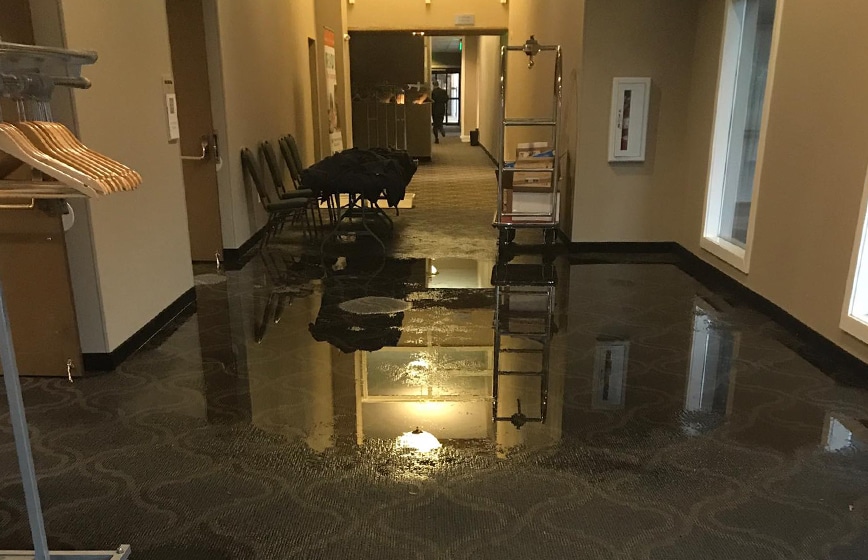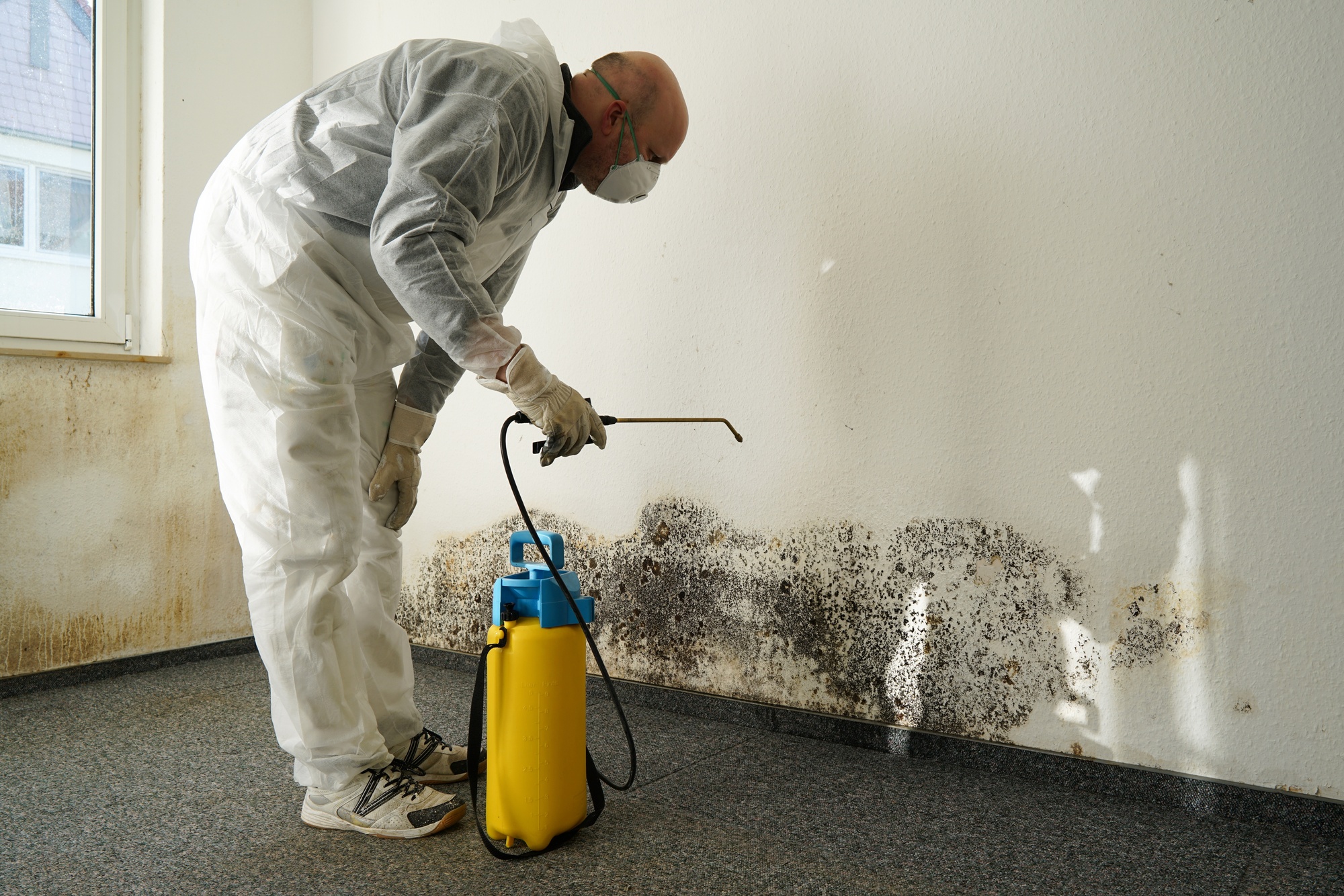Water Damage Restoration 101: Understanding the Process and Price
Water damage can strike all of a sudden, leaving home owners in a state of confusion. Comprehending the remediation procedure is necessary for effective recuperation. From assessing the damage to choosing the right provider, each action impacts the total end result and cost. Factors such as the sort of water damage and urgency likewise play a significant duty. What are the details techniques utilized in remediation, and just how can one get ready for potential costs?
Sorts Of Water Damage

Initial Analysis and Examination

Water Extraction Techniques
Complying with the preliminary assessment, efficient water extraction techniques are used to minimize damage and prevent additional issues. These strategies involve the use of customized equipment such as submersible pumps and industrial-grade vacuum cleaners - Water Damage Restoration. The option of method depends on the quantity of water present and the sort of products affected. For standing water, submersible pumps are normally used for fast removal, while vacuums are perfect for drawing out water from carpets and furniture. In addition, progressed methods like water extraction mats may be utilized for hard-to-reach locations - Water Damage Restoration. The goal is to get rid of as much water as possible, minimizing the possibility for mold and mildew growth and architectural damage. Prompt and reliable water extraction is important in the overall water damage repair process
Drying Out and Dehumidification Process
As soon as the water removal is full, the drying and dehumidification process becomes important to bring back the afflicted location. This phase commonly uses industrial-grade dehumidifiers and air movers to successfully reduce wetness degrees. The dehumidifiers reel in wet air, eliminating excess humidity, while air movers flow air to accelerate evaporation. Tracking equipment is commonly made use of to track moisture and temperature levels, making certain ideal drying out problems. The period of this procedure can vary depending on the degree of the water damage and environmental aspects. It is important to thoroughly completely dry all influenced materials, including wall surfaces, floor covering, and furnishings, to avoid mold development and architectural damage. Correct implementation of this step is important for an effective remediation result.
Cleansing and Disinfecting Damaged Locations
A detailed first evaluation and examination of influenced locations is vital to recognize contamination degrees as soon as the drying out process is complete. Water Damage Restoration. Effective cleaning techniques and appropriate items have to after that be utilized to eliminate particles and stains. Ultimately, sanitization and disinfection methods are vital to guarantee that hazardous microorganisms are eliminated, restoring the room to a secure condition
First Assessment and Inspection
Prior to beginning any reconstruction initiatives, a complete preliminary assessment and assessment of the affected locations are important for reliable cleaning and sanitizing. This process includes determining the degree of water damage, establishing the resource of the water breach, and evaluating the materials affected. Examiners normally seek indicators of mold development, architectural integrity concerns, and damaged items. The analysis additionally consists of examining moisture degrees using specific devices to ensure no concealed water pockets continue to be, as these can cause further view publisher site issues. Recording the findings is necessary for preparing the following action in the remediation procedure. A detailed preliminary analysis makes it possible for reconstruction specialists to create a targeted technique for efficient cleansing and sterilizing, ultimately reducing damage and health and wellness dangers.
Cleaning Up Techniques and Products
Reliable cleansing and sterilizing of water-damaged locations call for a range of strategies and items customized to the details products impacted. For permeable surface areas like drywall and carpets, removal approaches are vital to remove excess dampness, complied with by deep cleansing with specialized cleaning agents. Non-porous materials such as ceramic tile or metal can be cleaned using commercial-grade cleaners that effectively get rid of impurities. Vapor cleansing is one more reliable strategy, specifically for carpetings and upholstery, as it utilizes high temperatures to get rid of germs and mold and mildew (Flood Cleanup Services). Additionally, green products are increasingly preferred for their safety and security and effectiveness - Water Damage Restoration. Ultimately, picking the proper cleaning techniques and products not just assures instant tidiness however likewise aids in protecting against additional damage and carcinogen linked with water intrusion
Sanitization and Disinfection Approaches
When resolving water damage, proper sanitization and disinfection techniques are important to guarantee the safety and wellness of the afflicted environment. After initial cleansing, surfaces have to be treated with proper disinfectants to remove pathogens, mold, and bacteria that prosper in damp problems. Usual techniques include the usage of EPA-approved chemical anti-bacterials, which can be applied with splashing or cleaning techniques. Additionally, ultraviolet (UV) light systems can properly disinfect areas by reducing the effects of microbes without severe chemicals. The choice of technique often depends upon the kind of materials impacted and the level of contamination. Eventually, complete sanitization not only brings back a secure space yet additionally assists avoid future health threats linked with sticking around wetness and mold and mildew development.

Repair Work and Restoration Options
Examining the damage triggered by water direct exposure is crucial for determining the suitable repair services and reconstruction options. Homeowners may encounter numerous problems, including harmed drywall, deformed floor covering, and jeopardized structural aspects. Relying on the level of the damage, repairs may involve replacing sections of drywall, installing new flooring, or reinforcing architectural light beams. In instances of extreme damage, full replacement of damaged products could be needed. In addition, professional restorers often advise utilizing wetness meters to assess hidden moisture degrees prior to making a decision on the very best course of activity. It is essential to act immediately to avoid mold growth and further degeneration. Selecting the best alternatives not only recovers the residential or commercial property yet likewise assures long-lasting security and functionality.
Elements Affecting Restoration Costs

The level of water damage directly impacts the reconstruction costs home owners can expect to sustain. Factors such as the resource of the water, the period of direct exposure, and the afflicted products greatly affect rates. Clean water damage from a busted pipeline is typically less expensive to bring back contrasted to damage caused by sewer. Additionally, the level of contamination determines the demand for specialized cleansing and disposal services, even more boosting expenses. Geographical area also contributes, as local labor prices and availability of remediation services can differ. Ultimately, the necessity of the feedback affects costs; quicker interventions normally bring about lower overall expenses by stopping additional damage. Comprehending these aspects is crucial for home owners when approximating remediation costs.
The 3 main types of water damage are classified based on contamination degrees: tidy water, gray water, and black water. A detailed first evaluation and evaluation are essential actions in the water damage restoration procedure. For standing water, completely submersible pumps are typically made use of for fast elimination, while vacuum cleaners are suitable for drawing out water from carpetings and furniture. The extent of water damage straight influences the repair costs property owners can expect to sustain. Clean water damage from a broken pipe is usually less pricey to bring back contrasted to damage created by sewer.